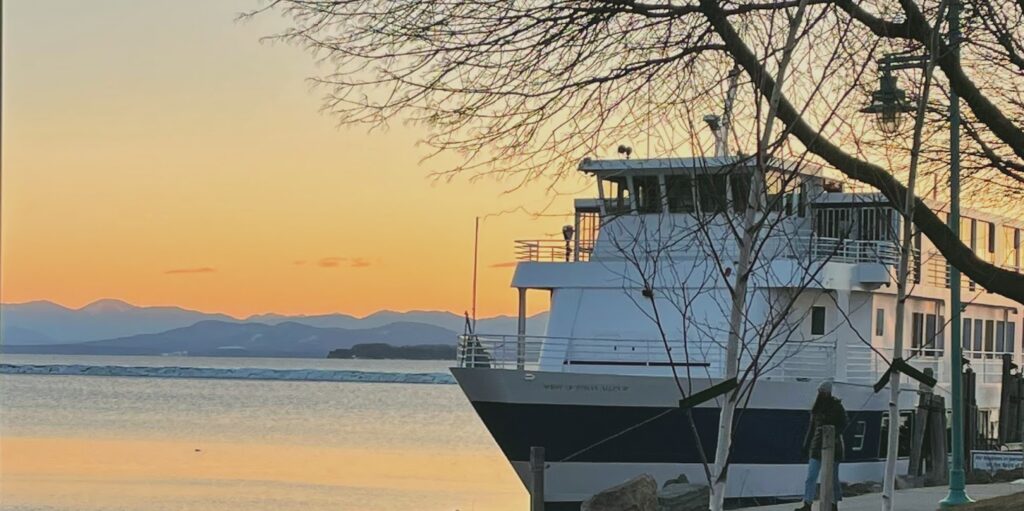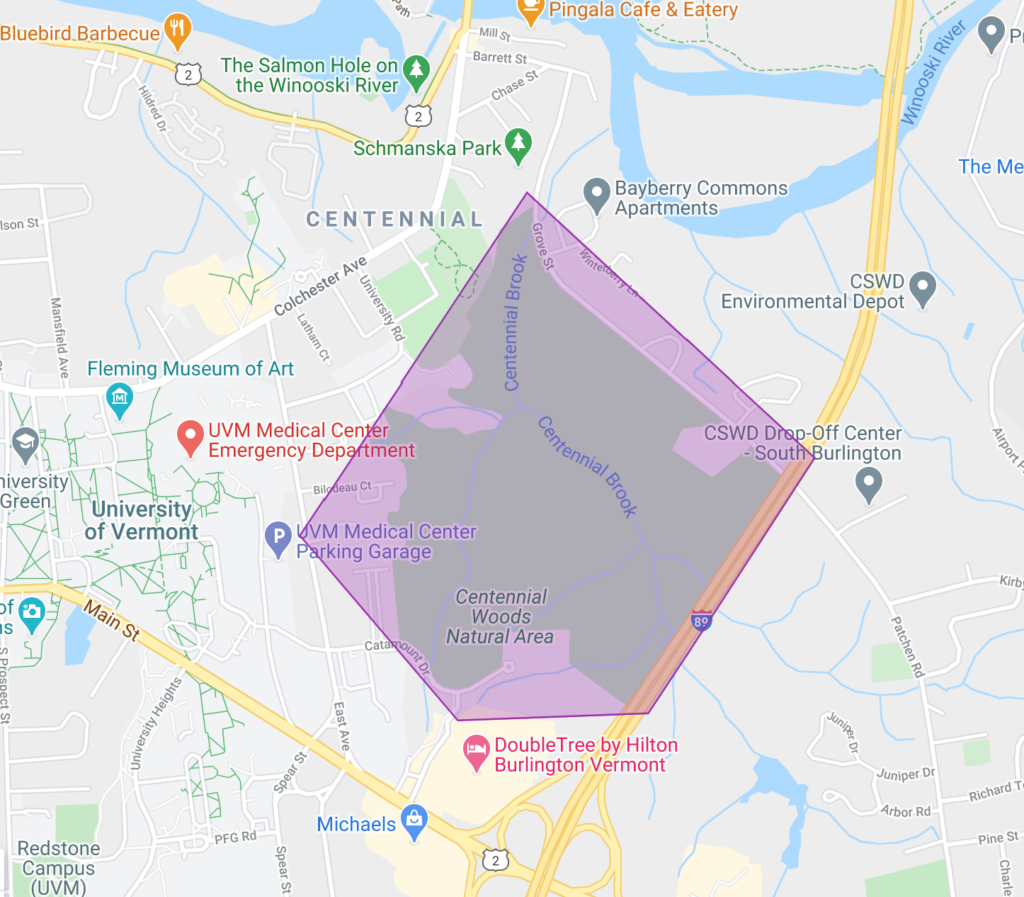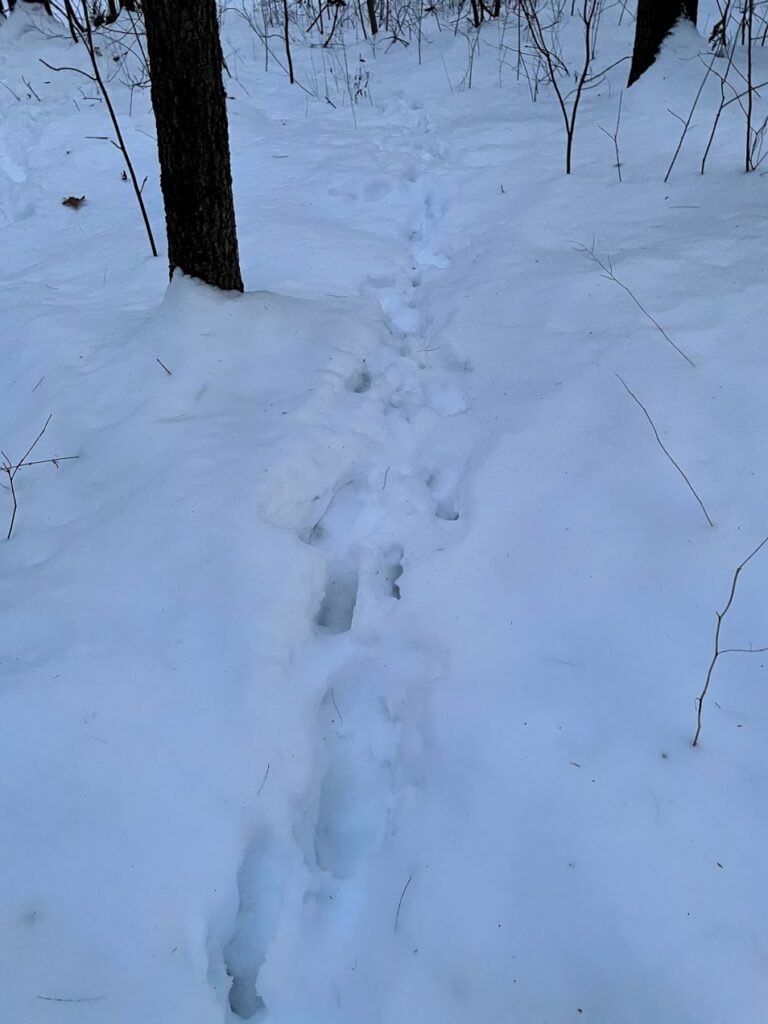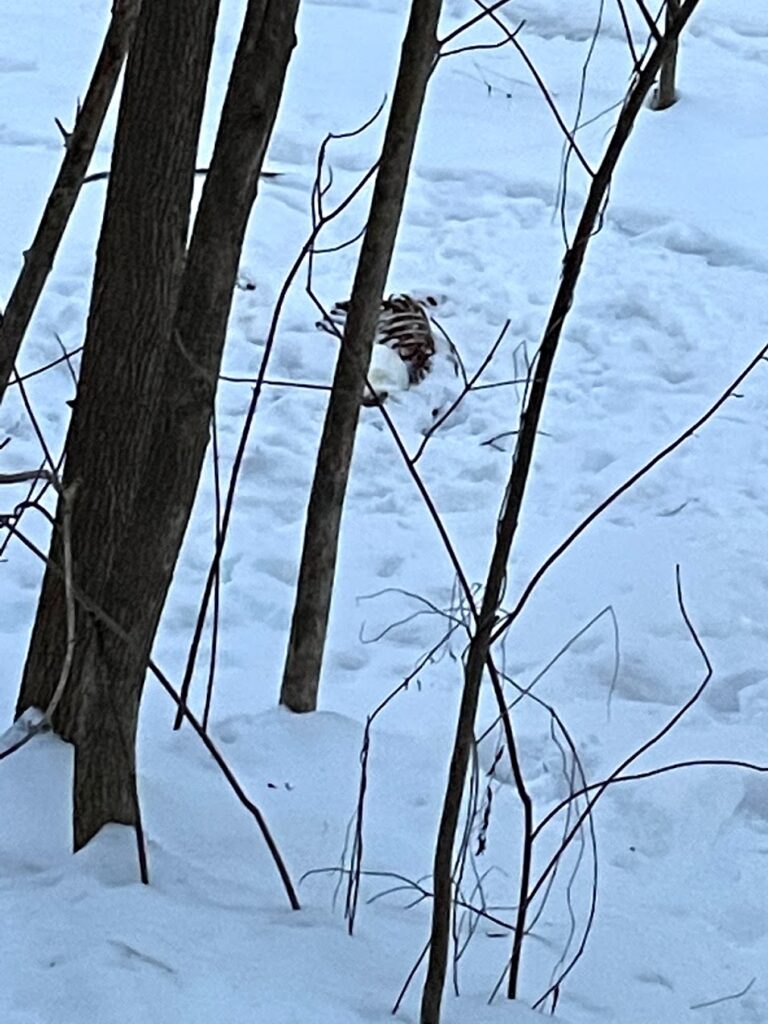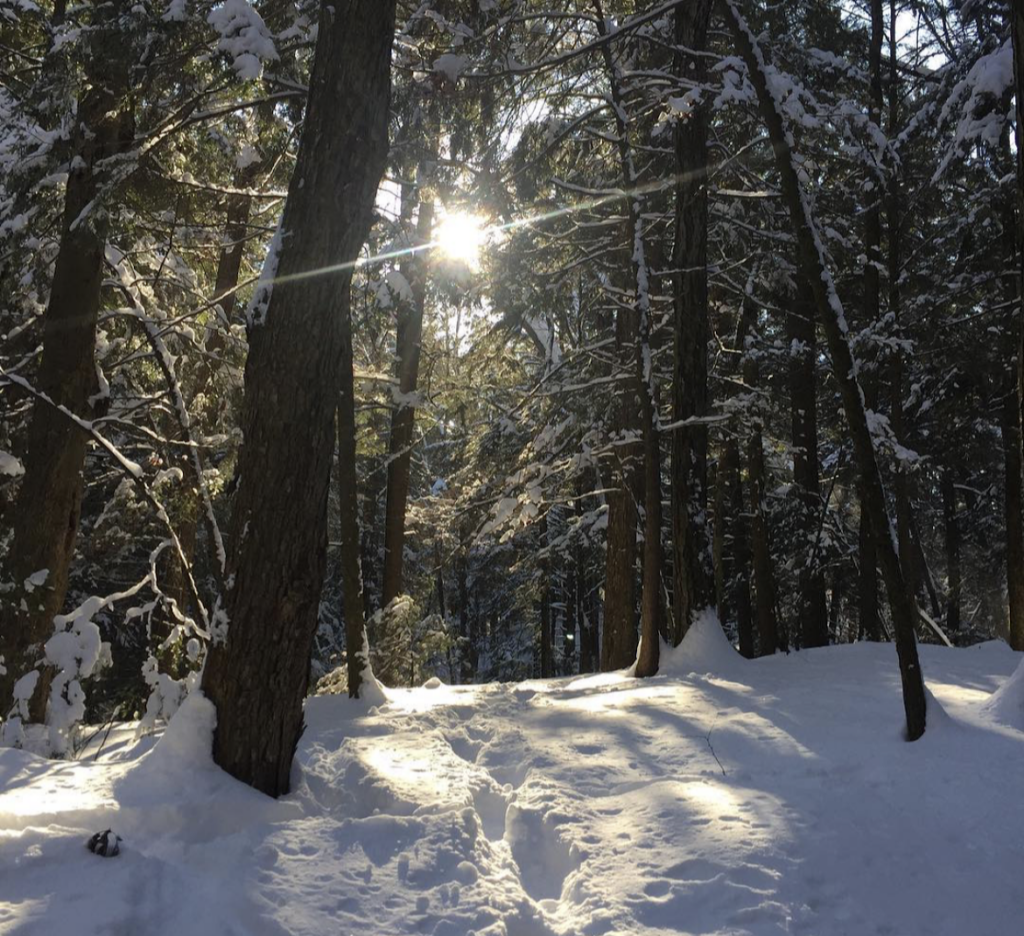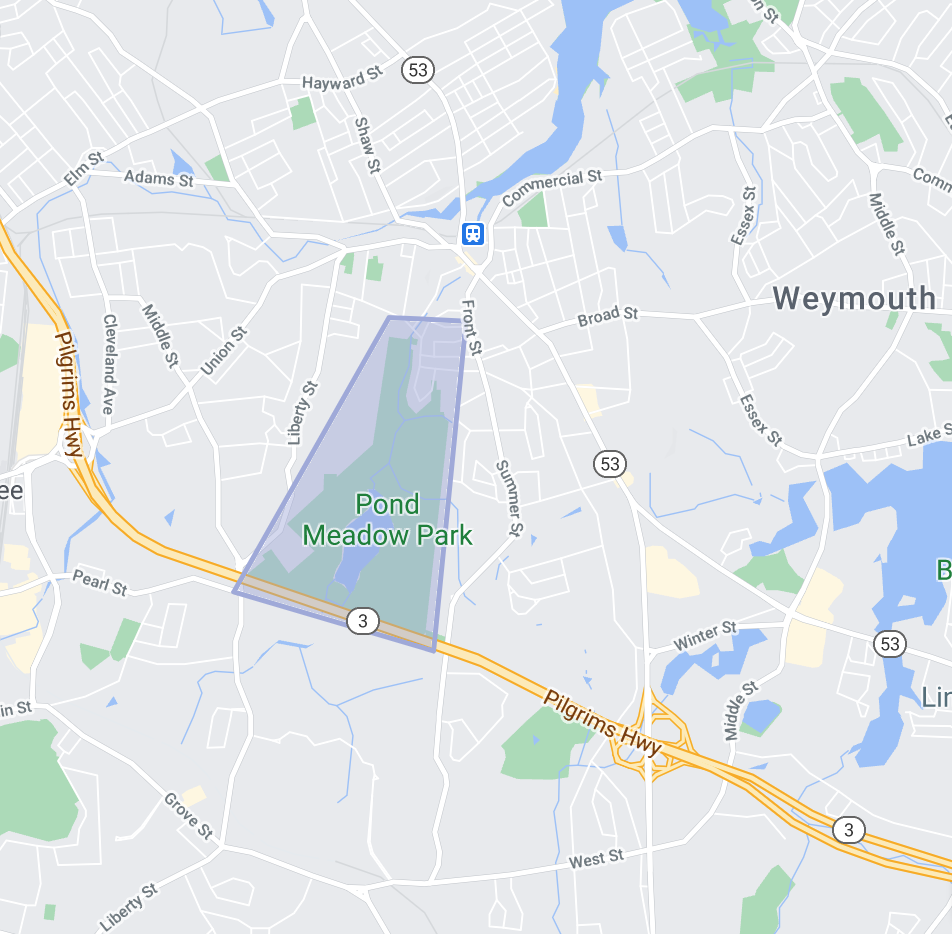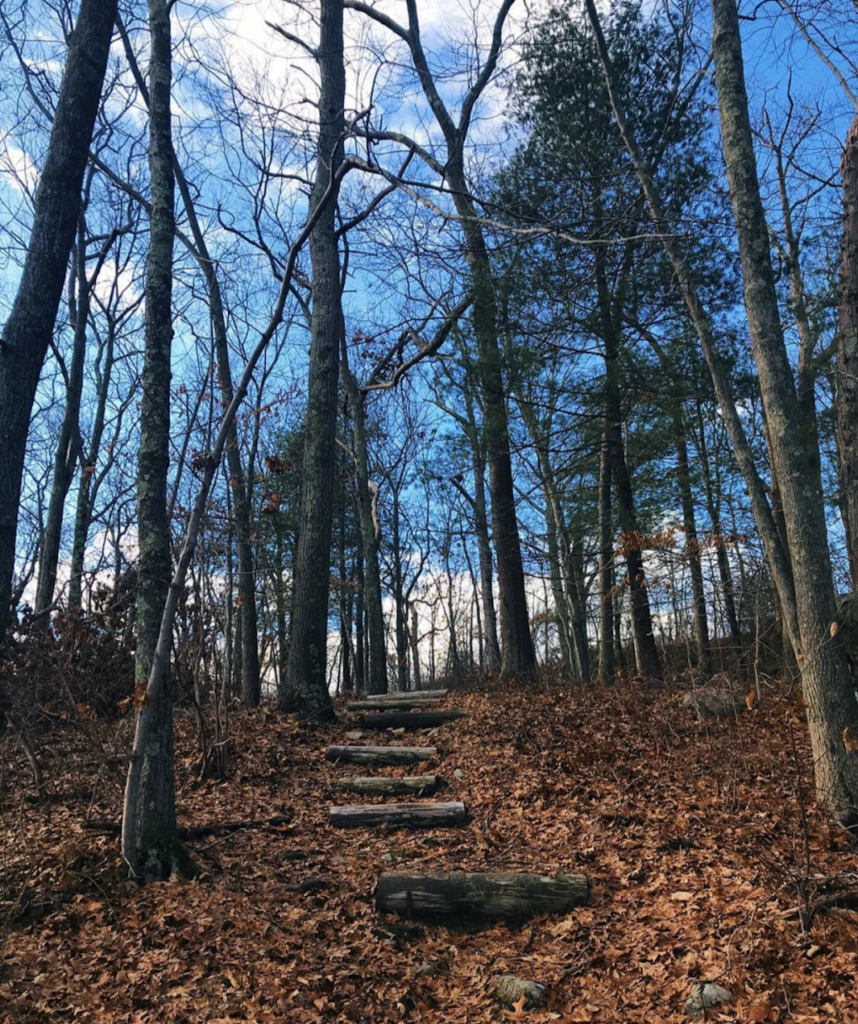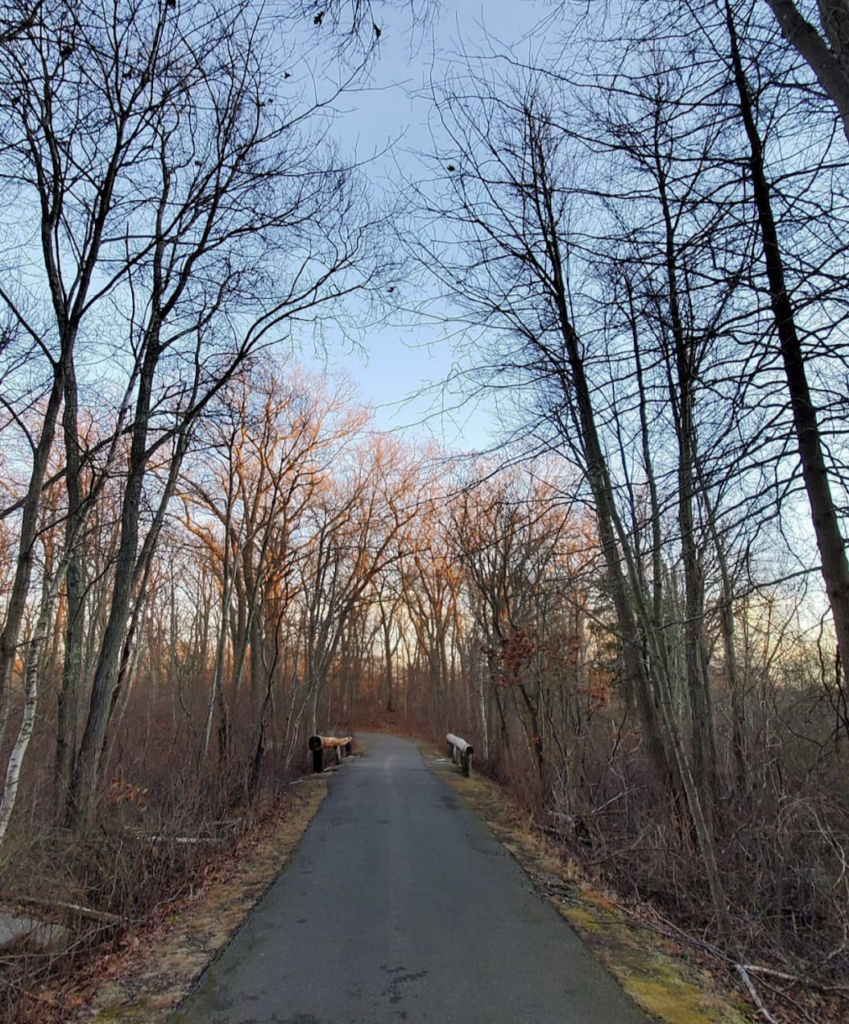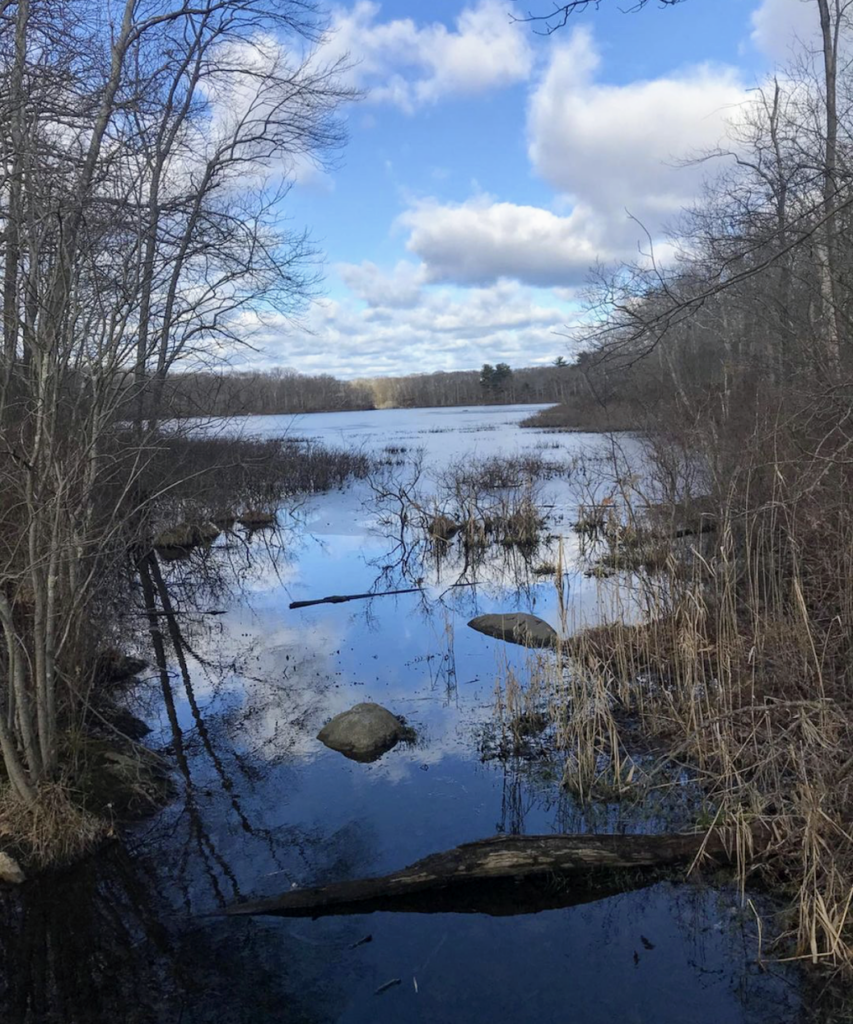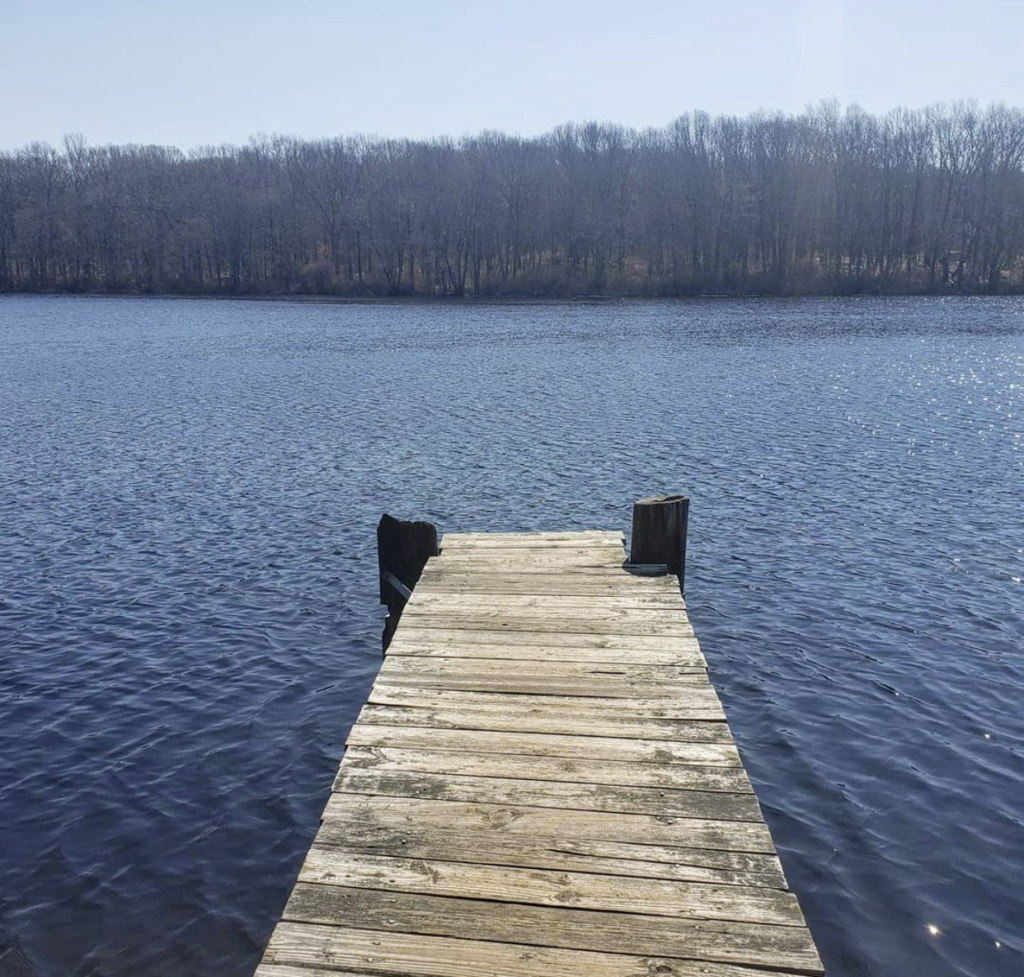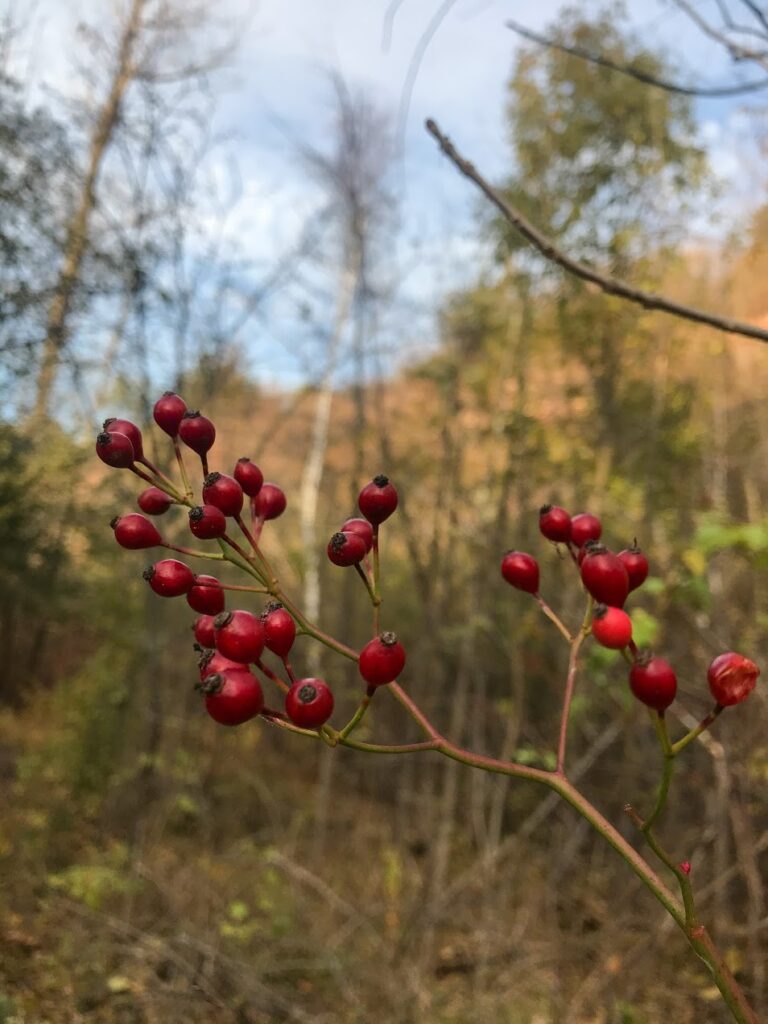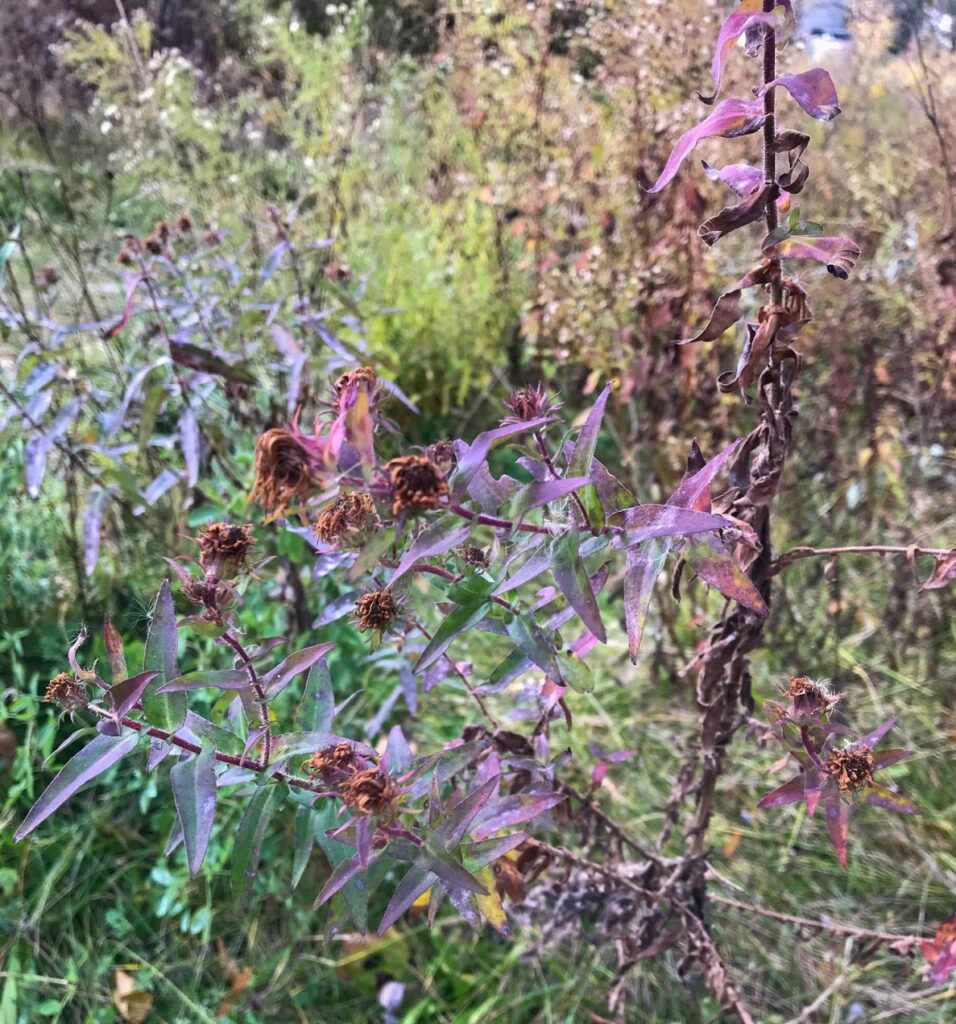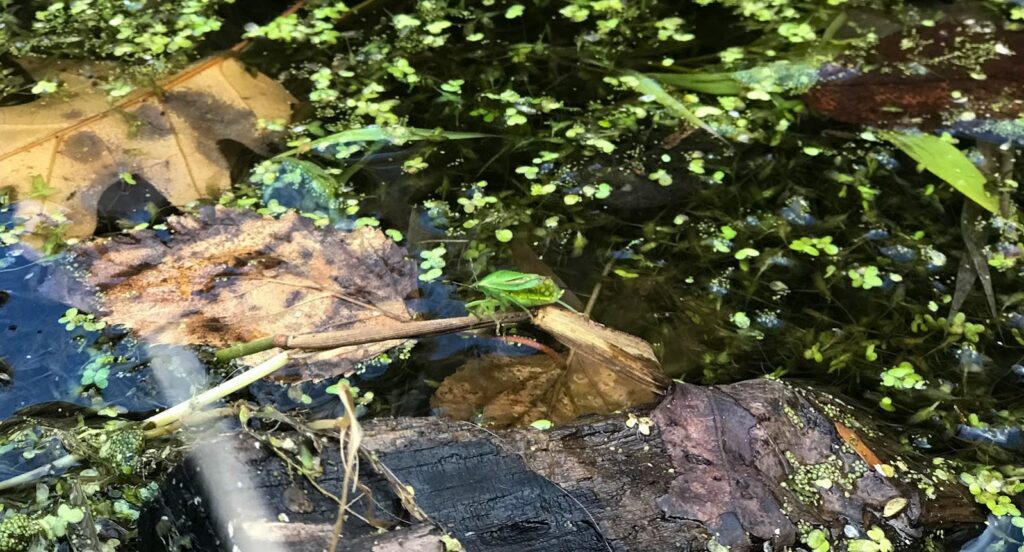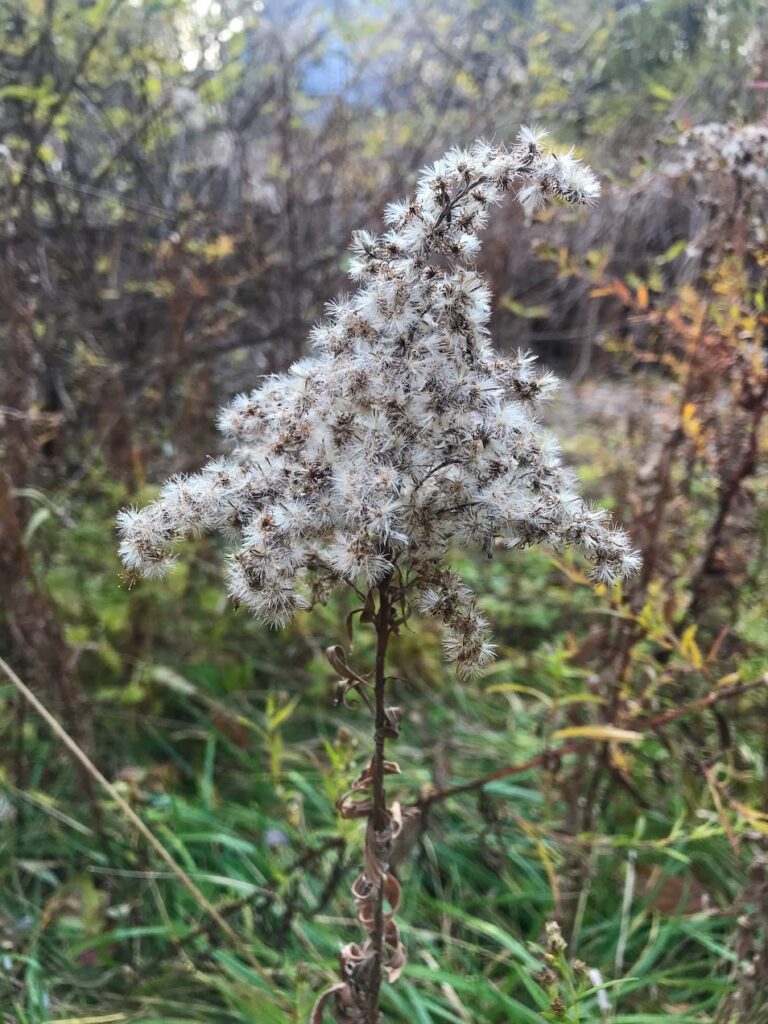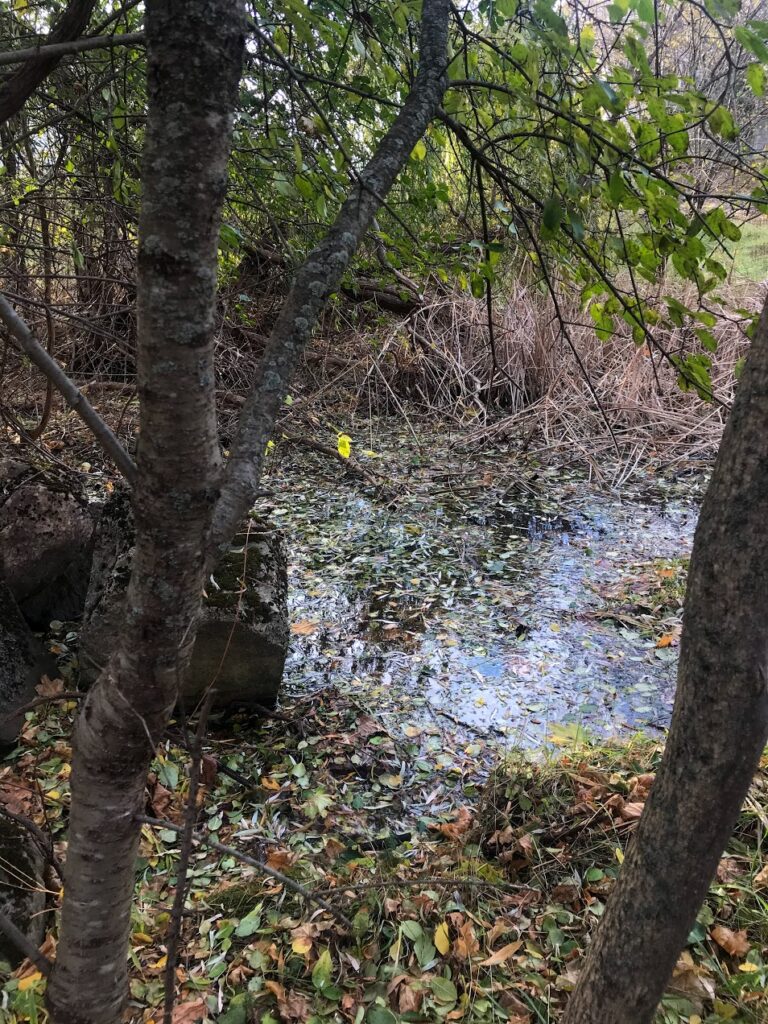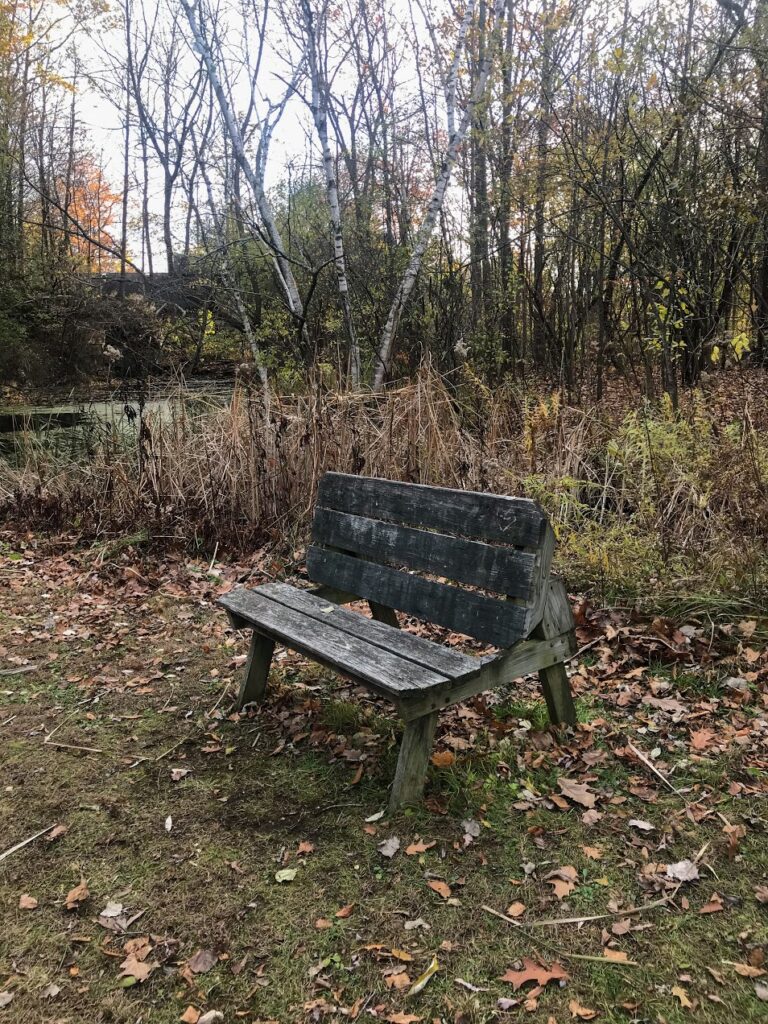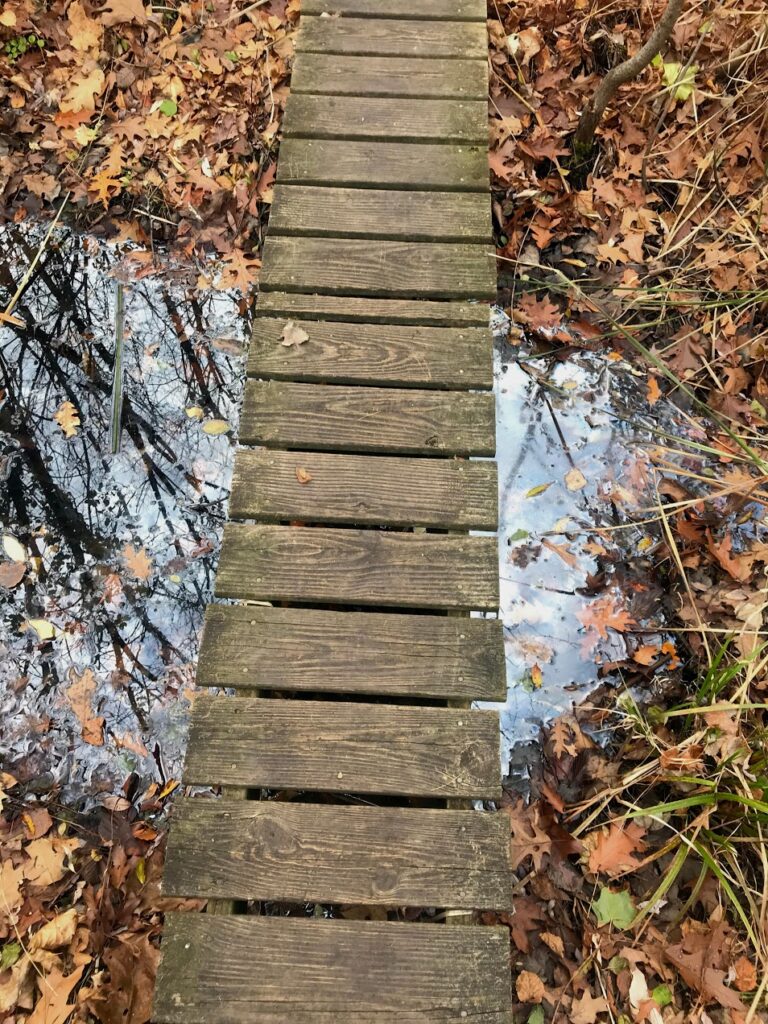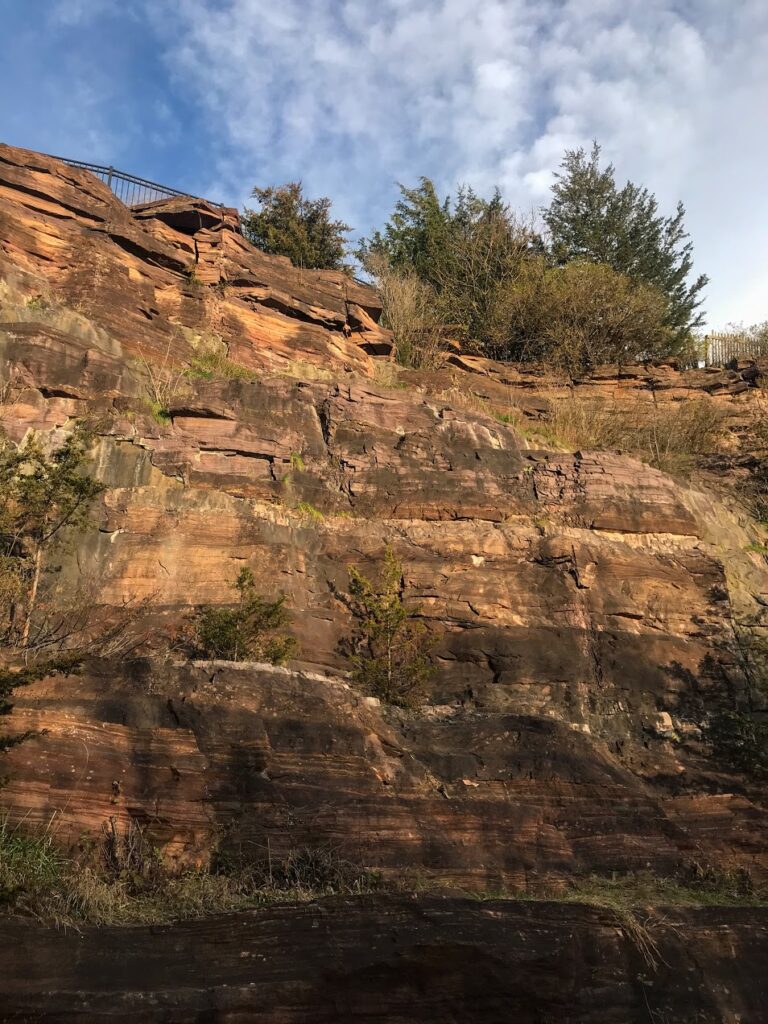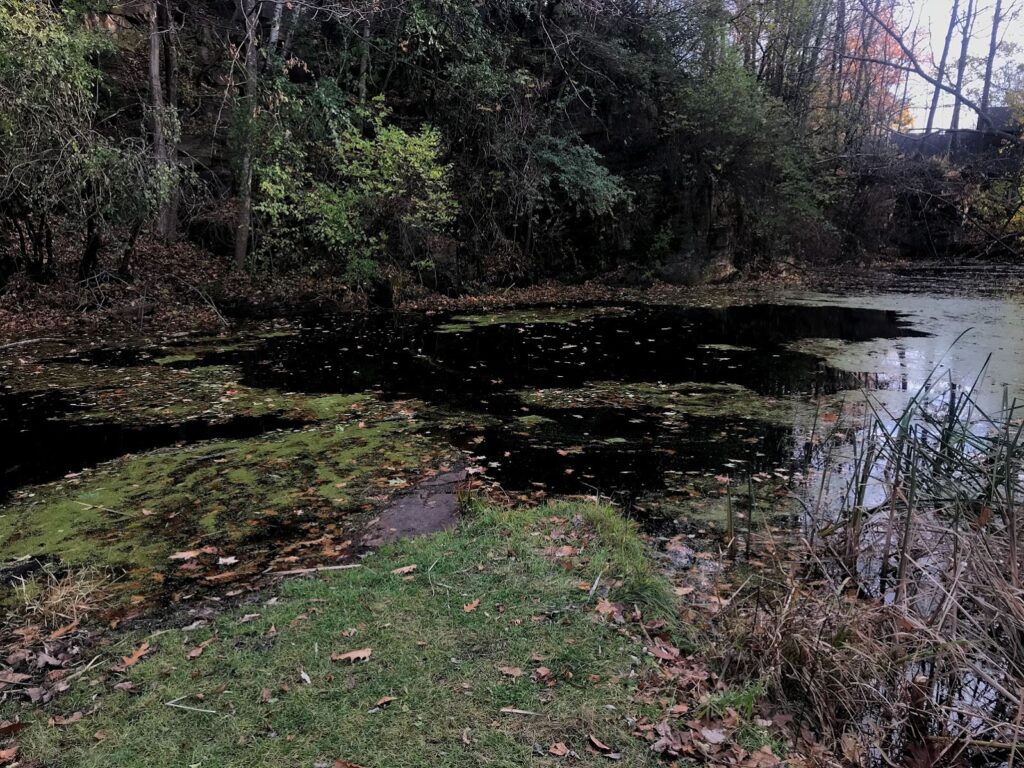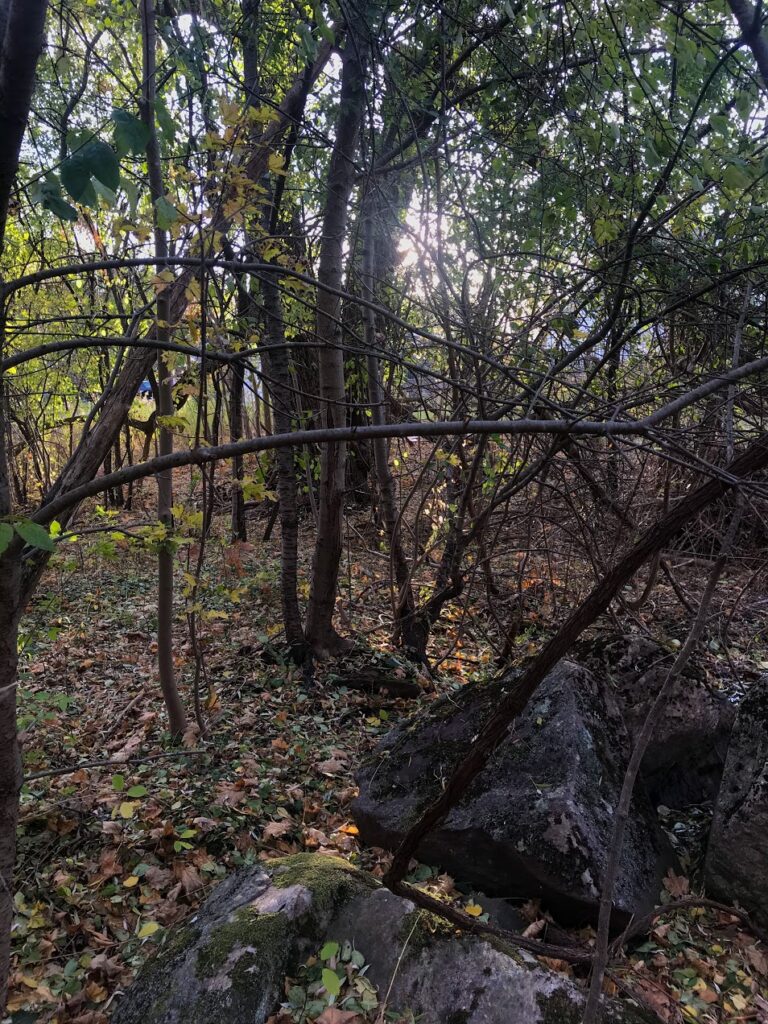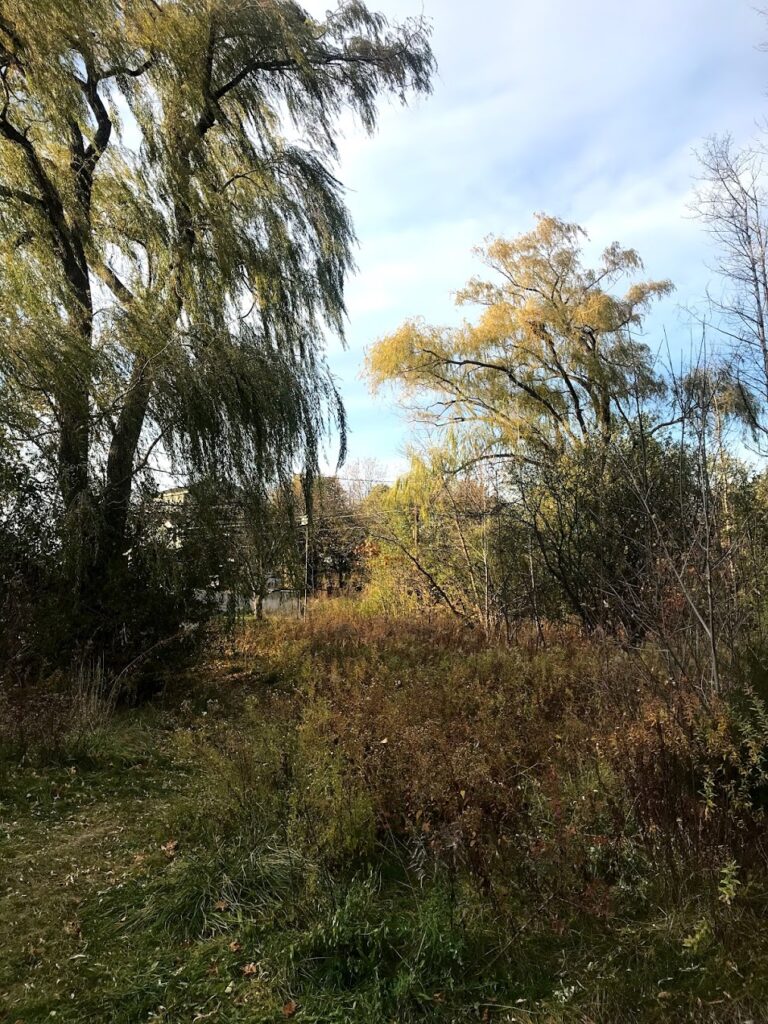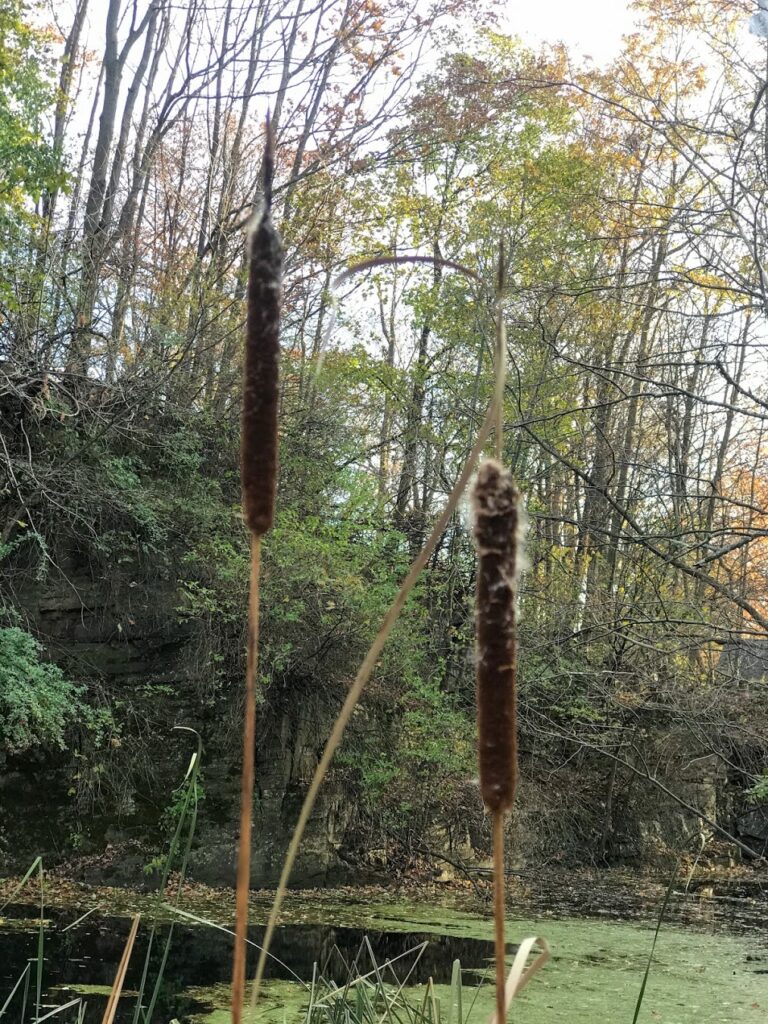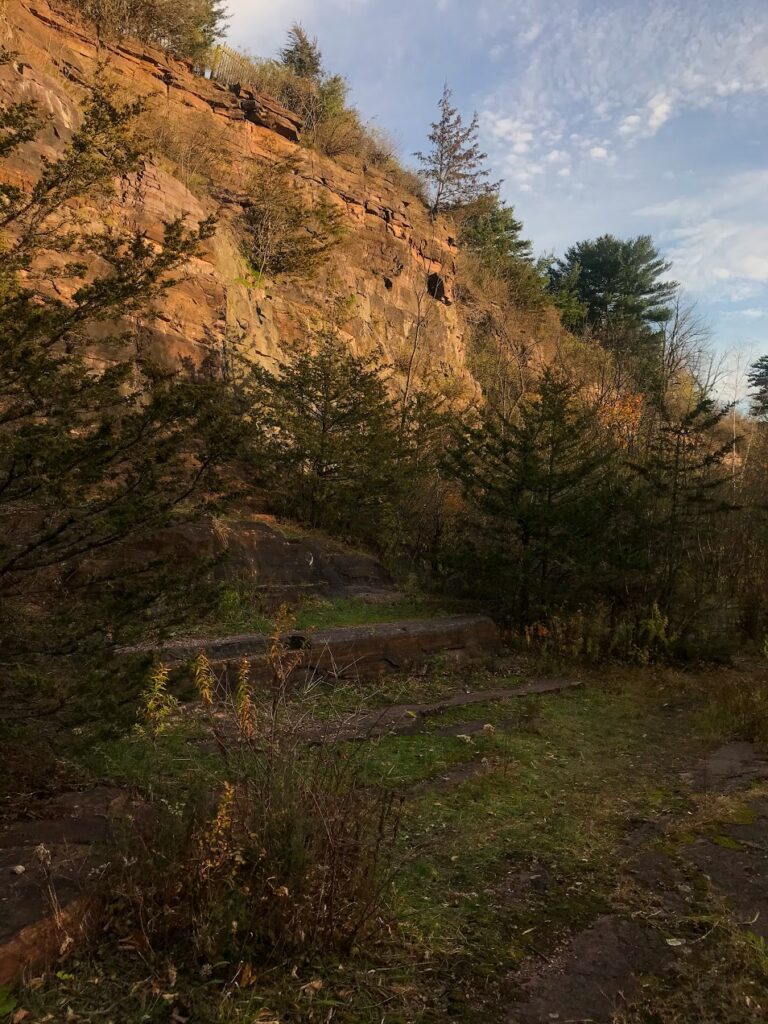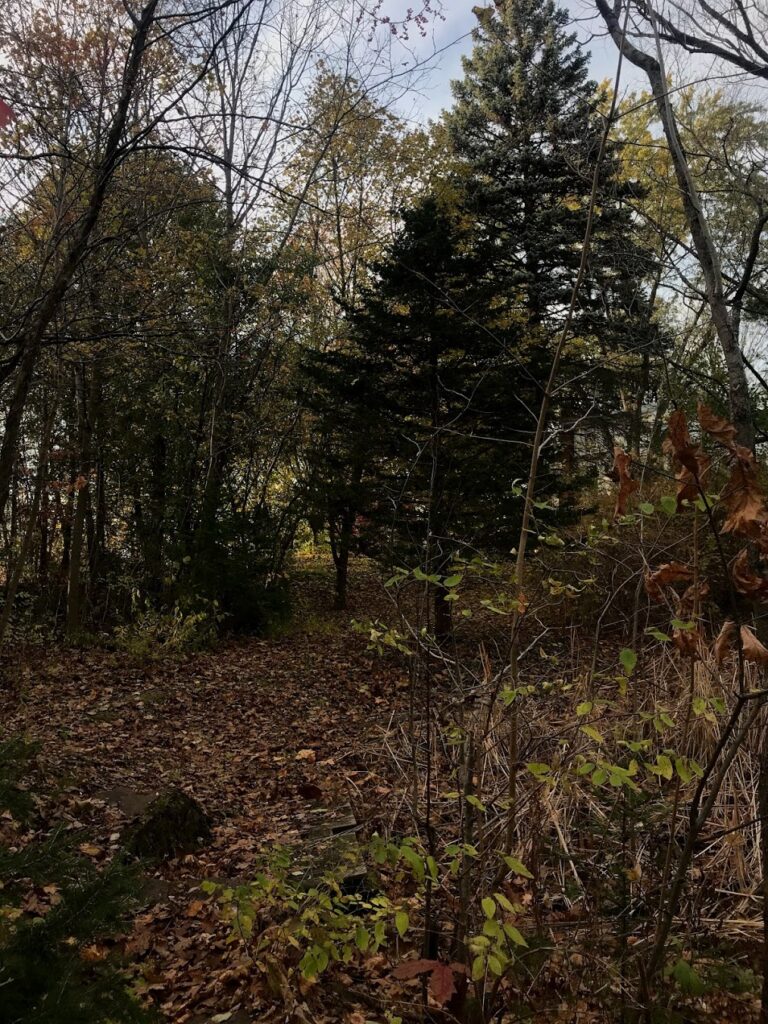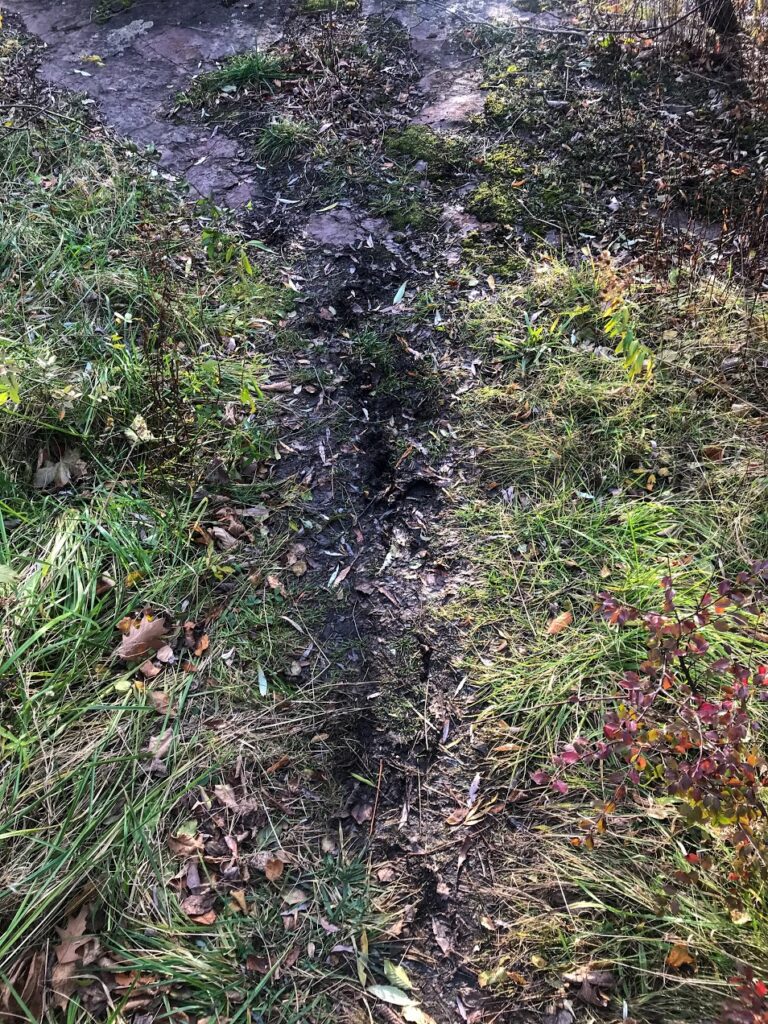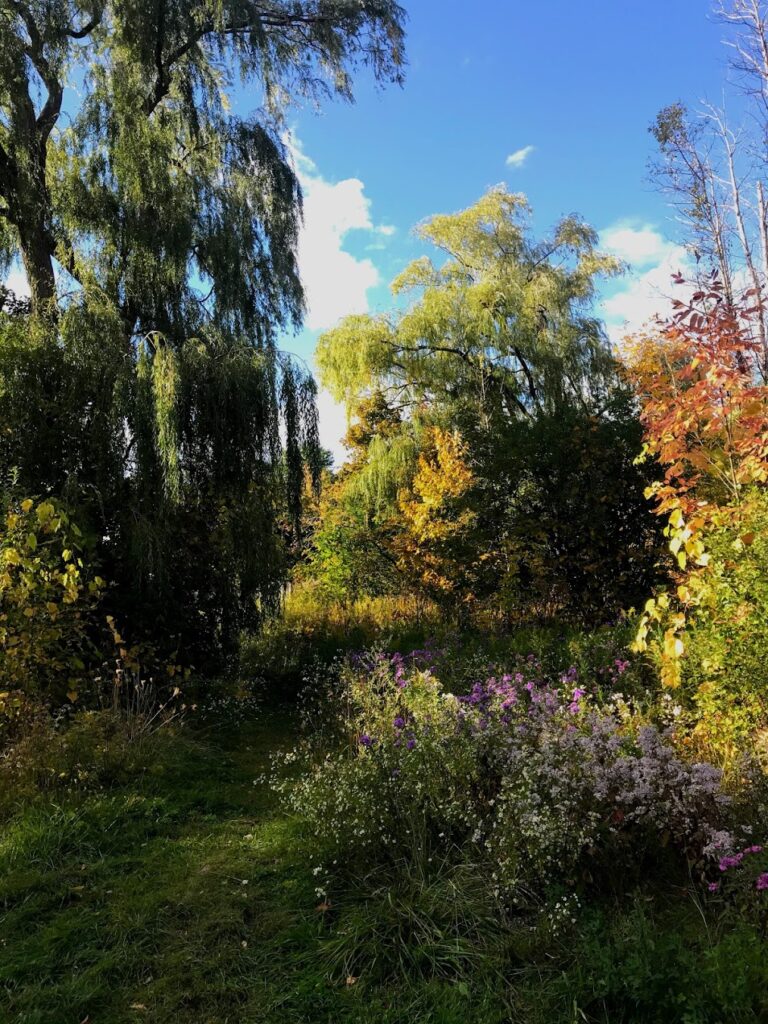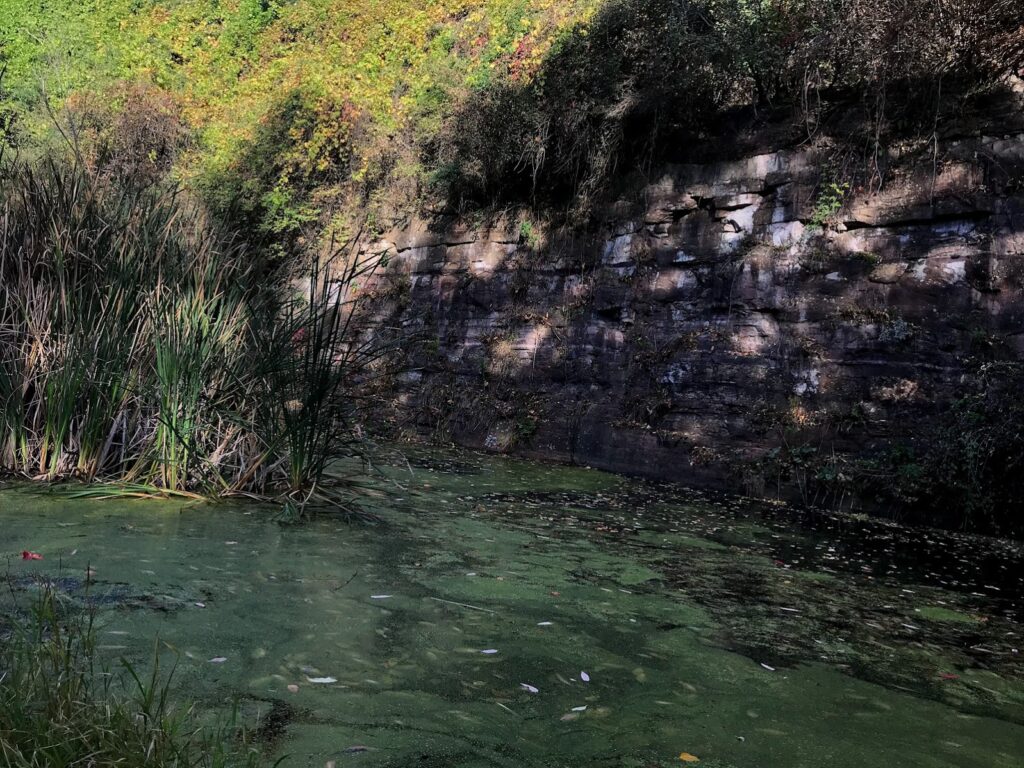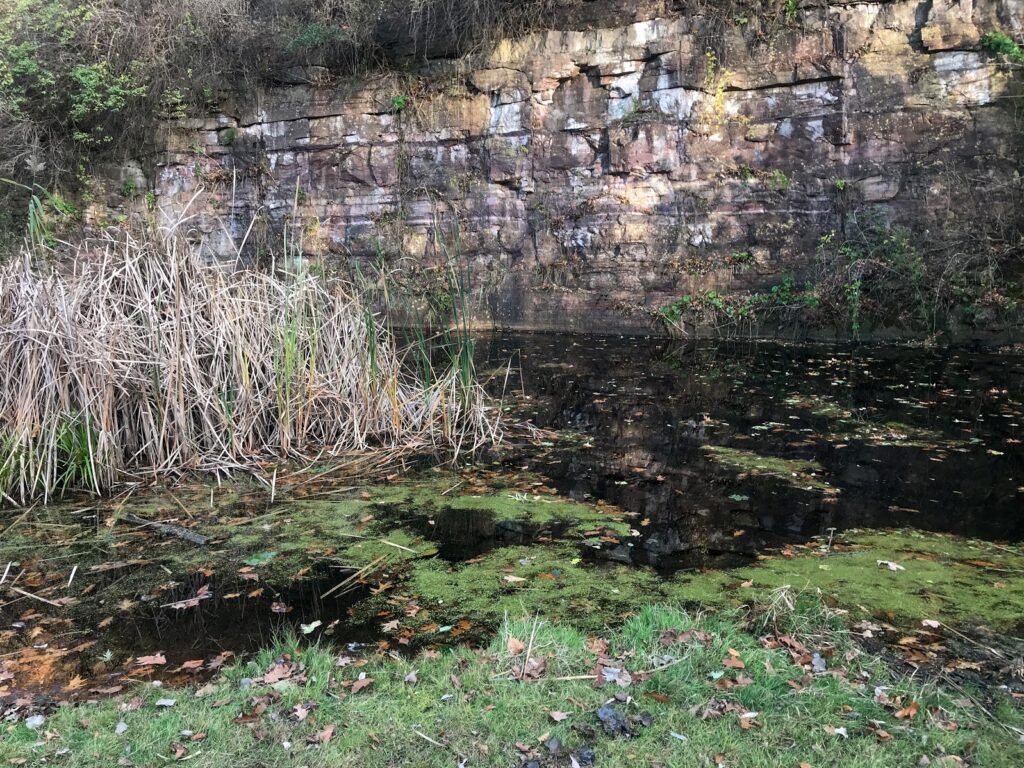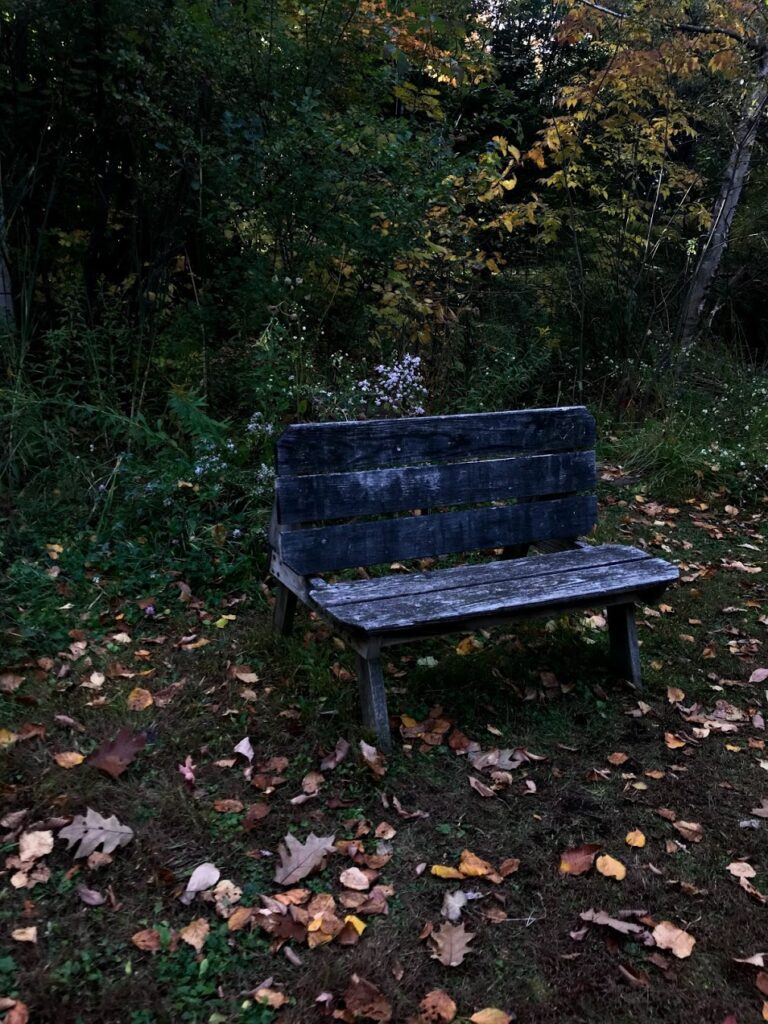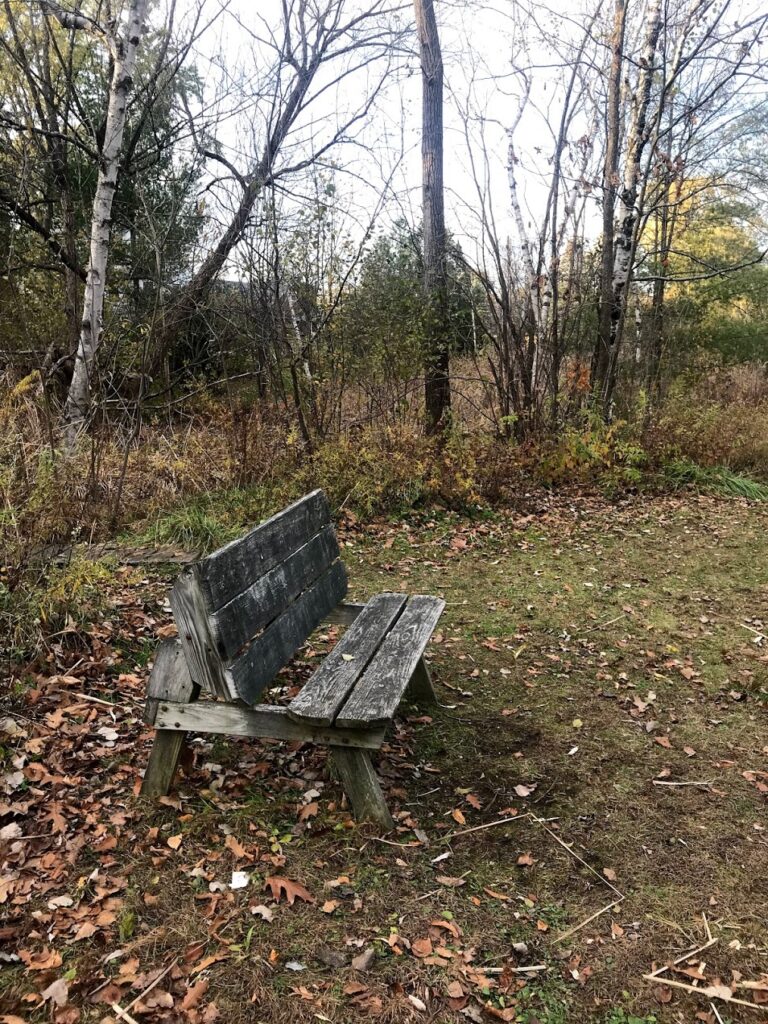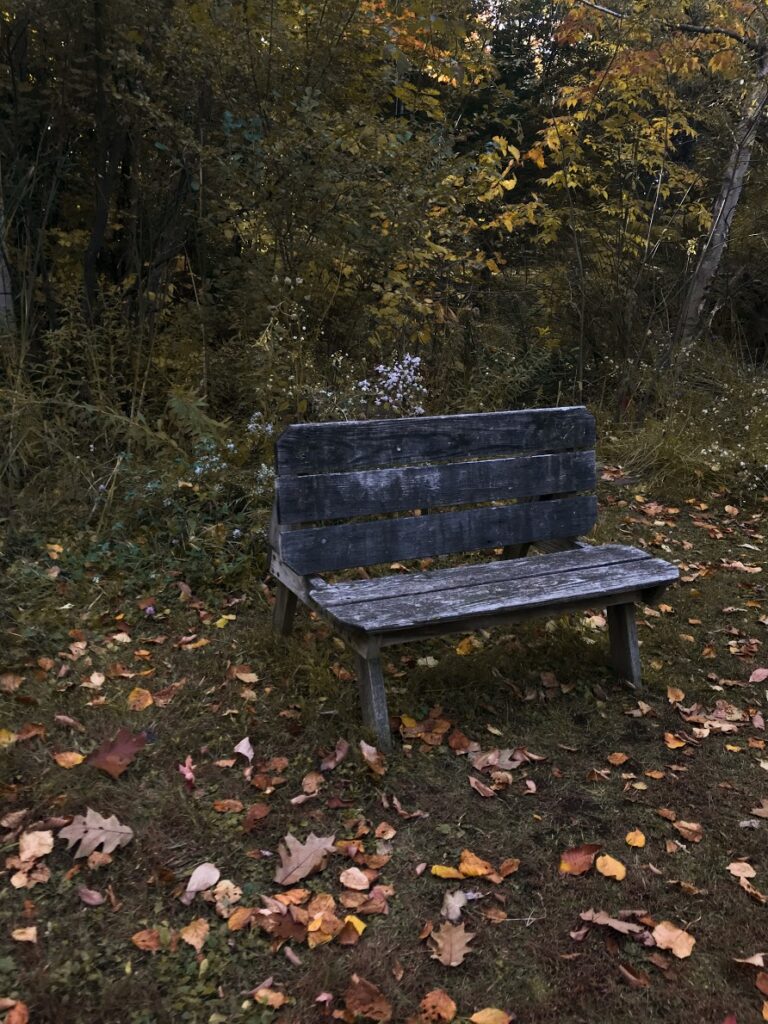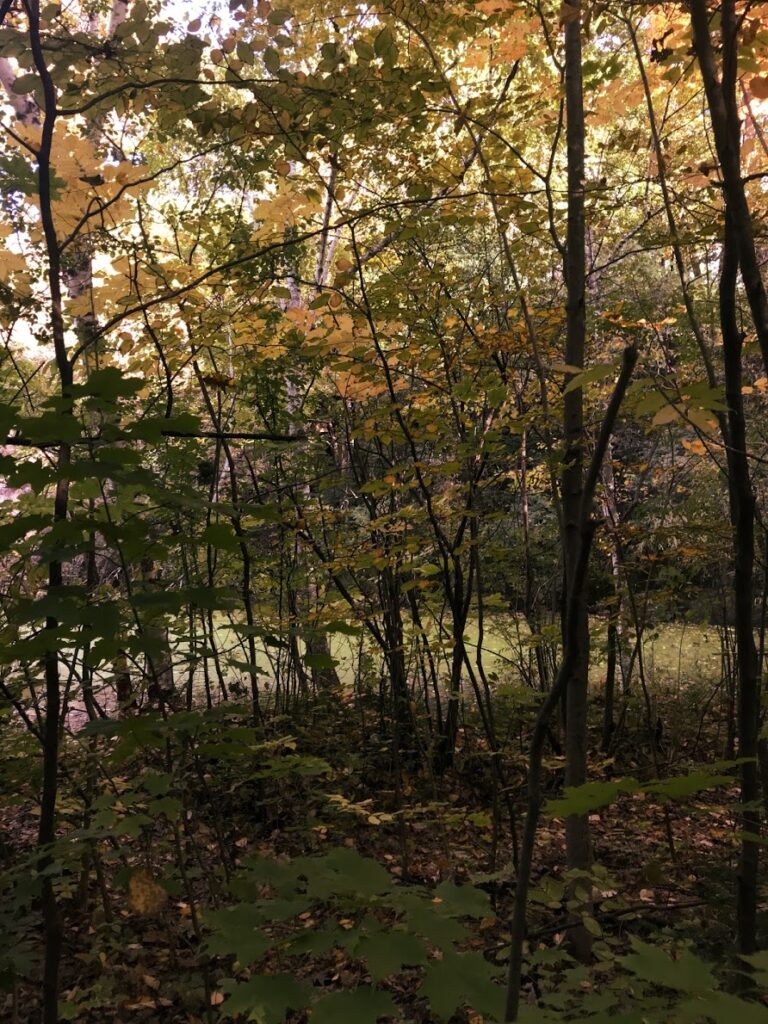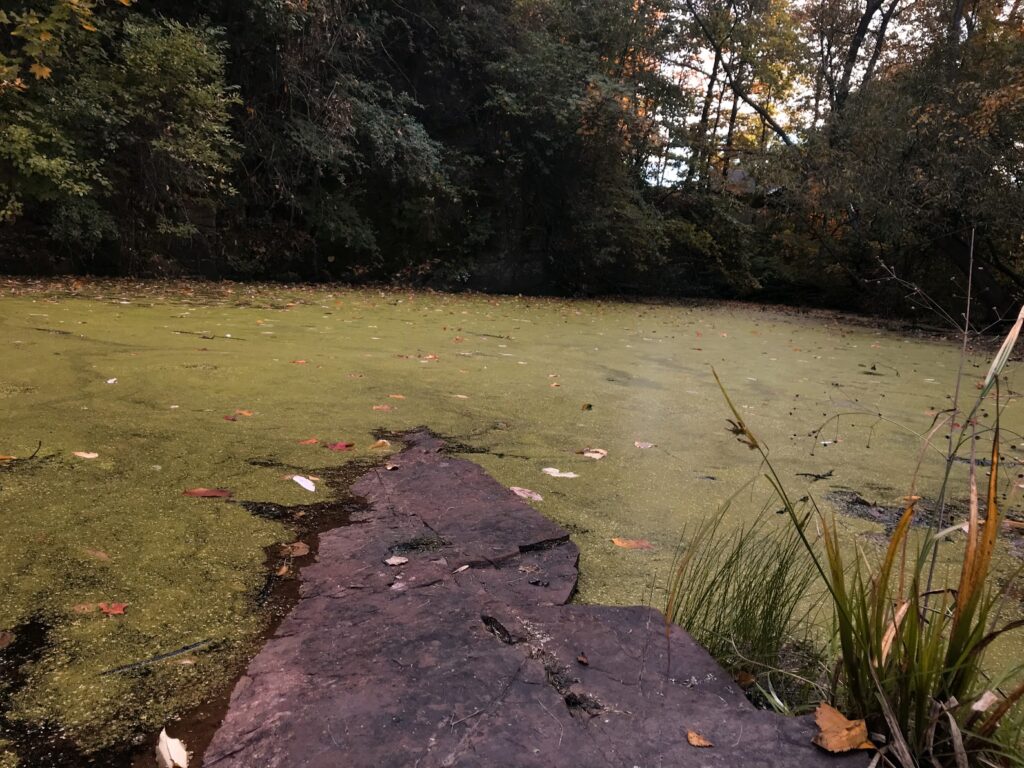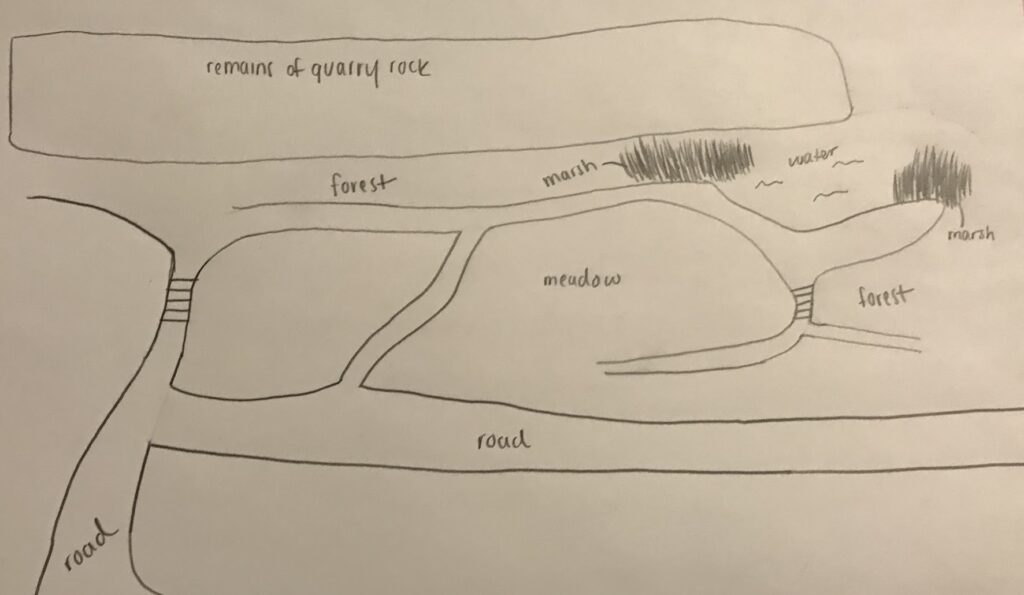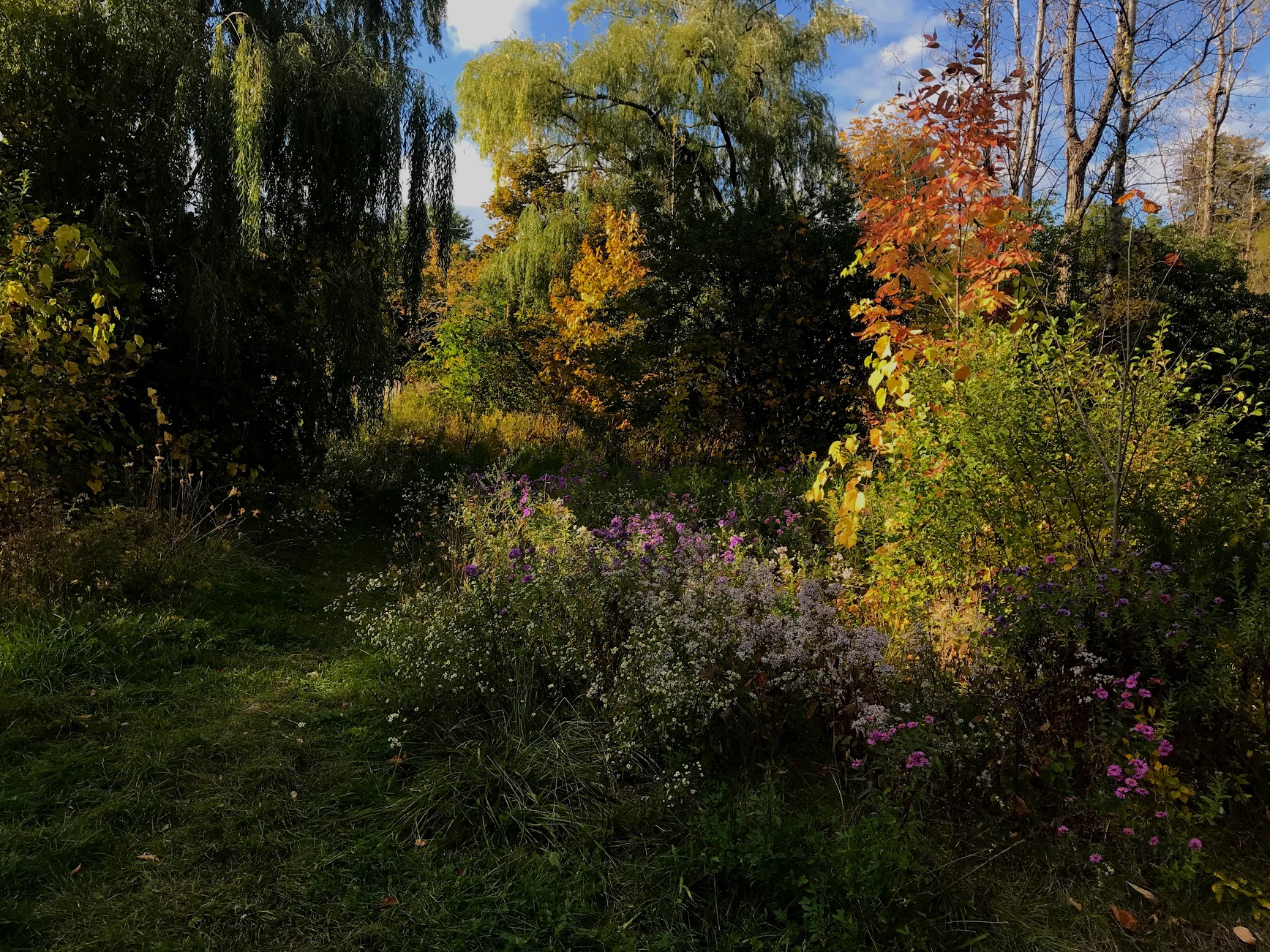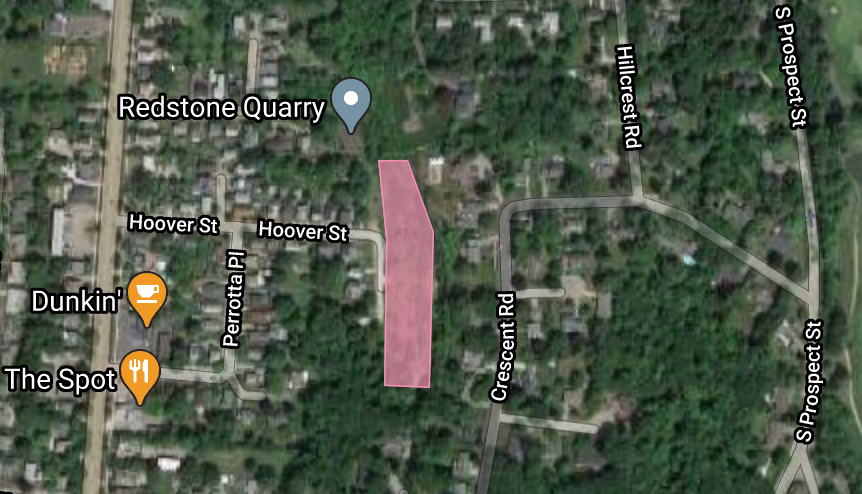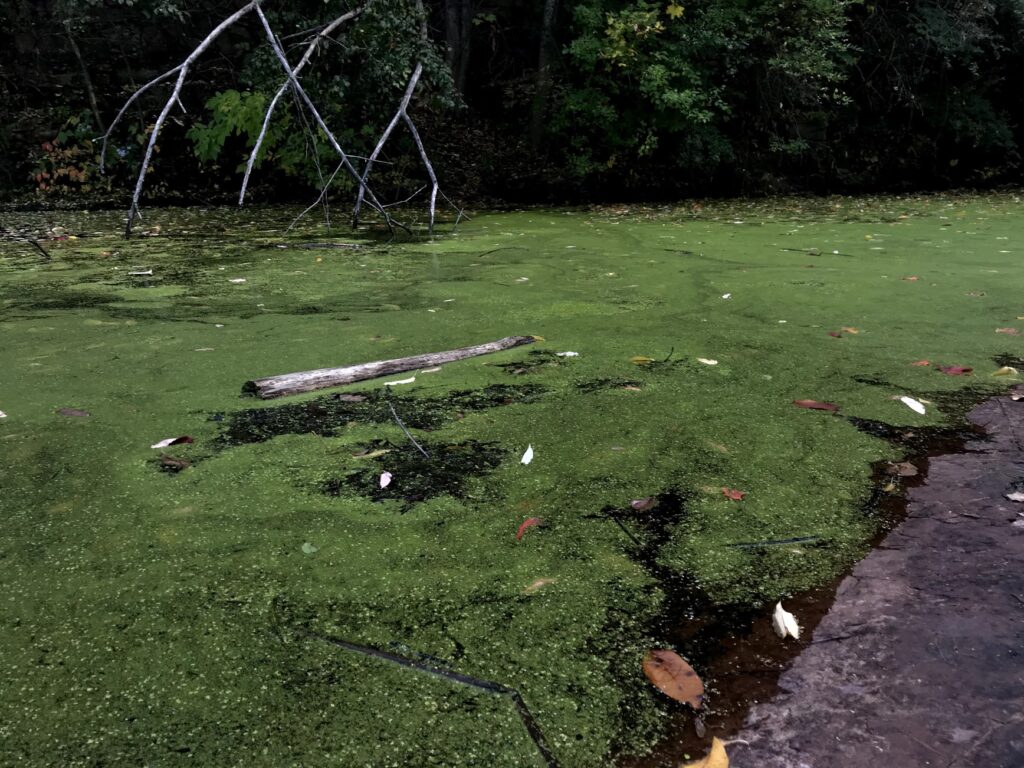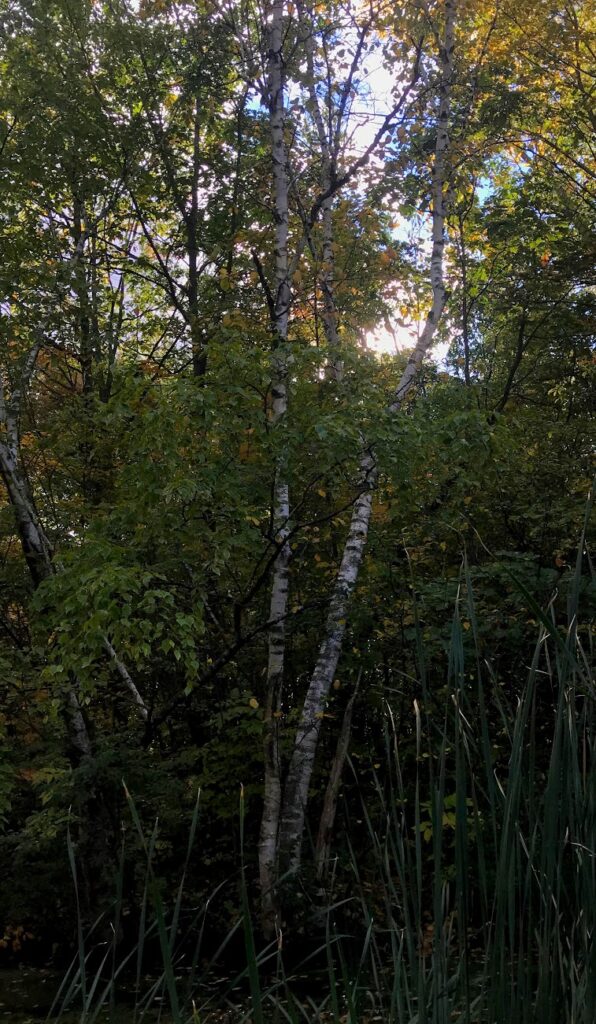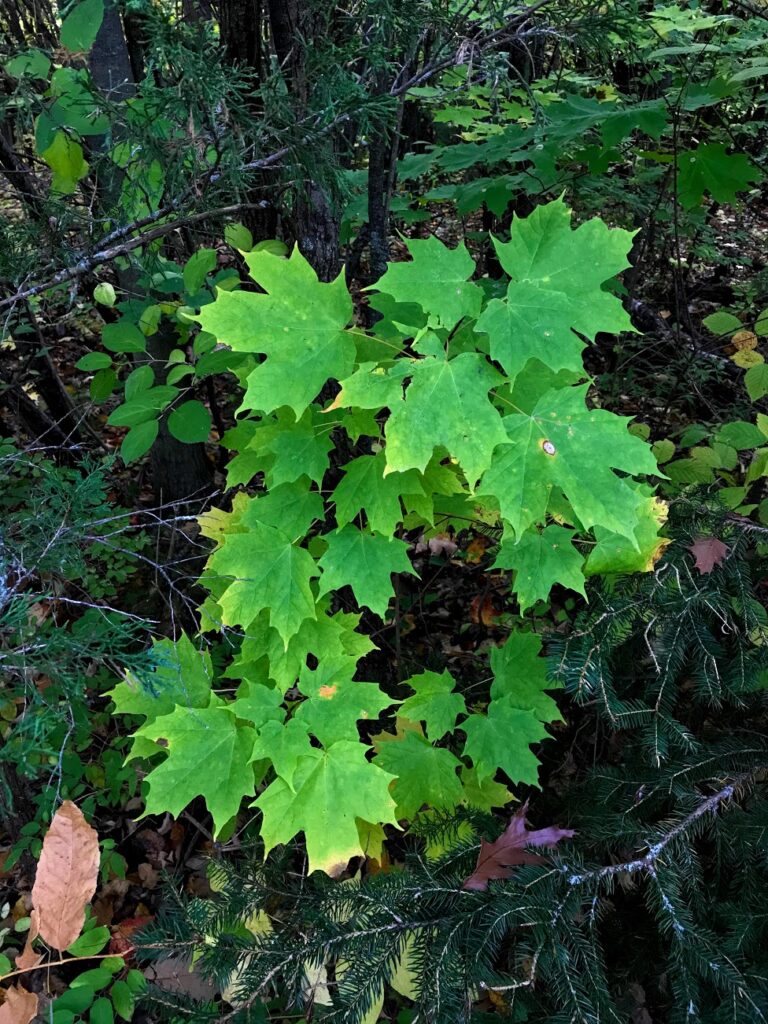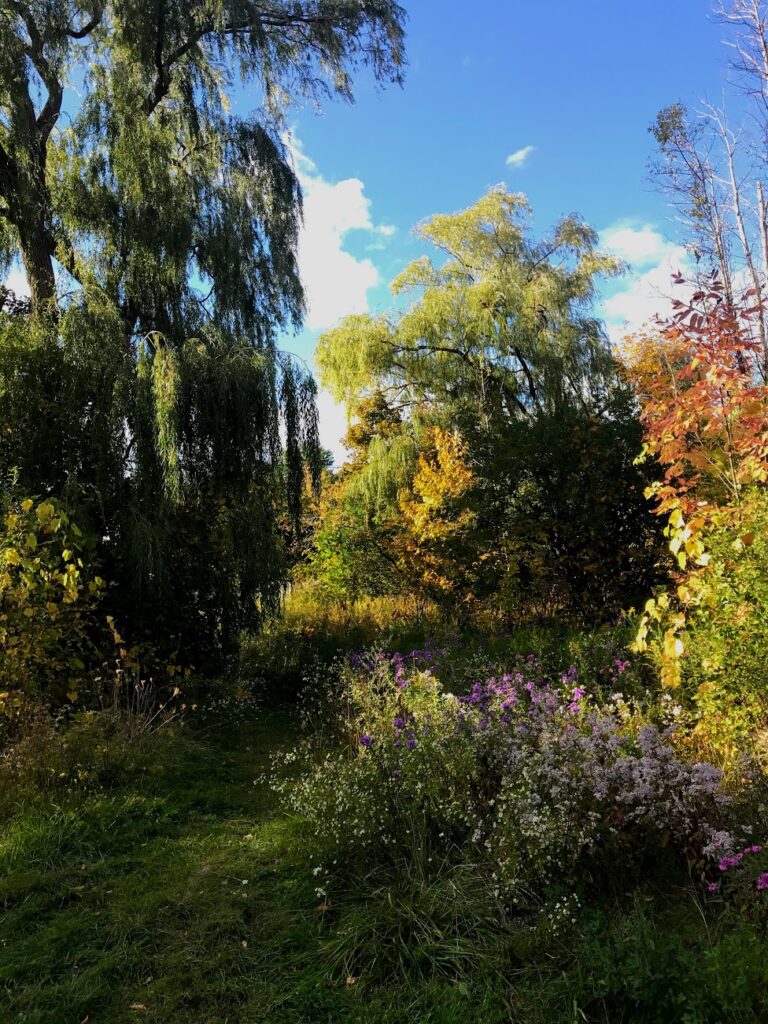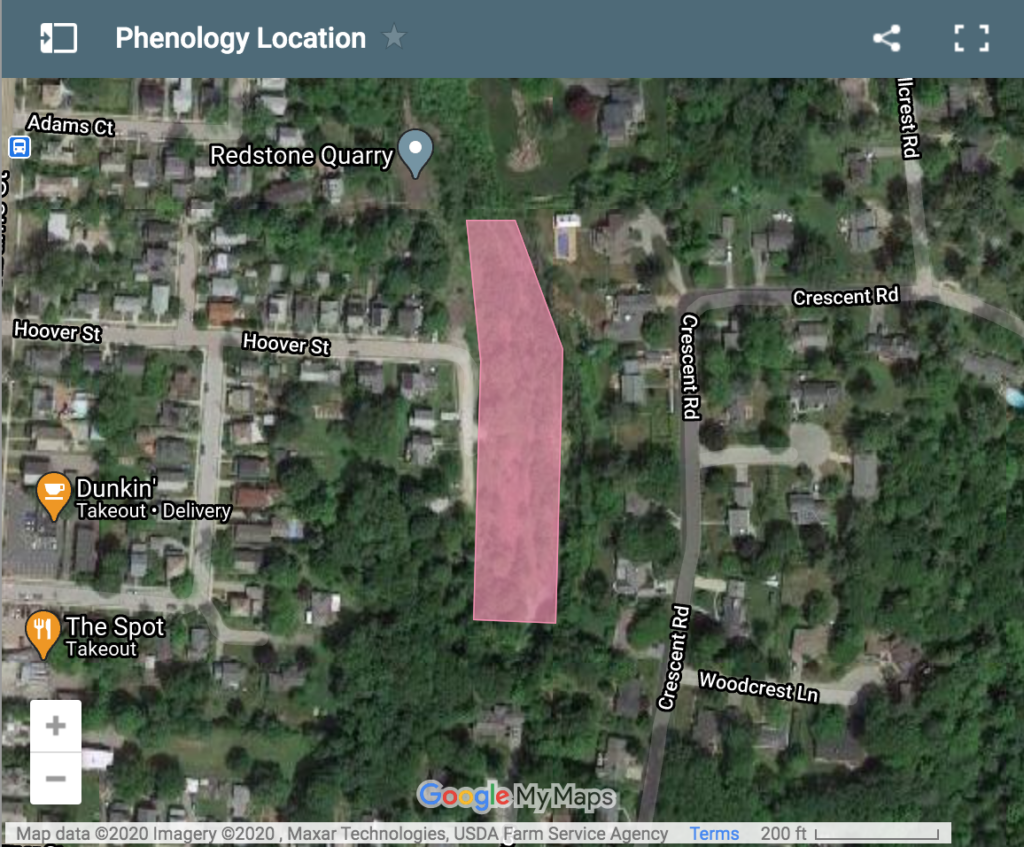Burlington Phenology
After walking around the Burlington waterfront, I had noticed some phenological changes since I left in November. The snow has started to melt, leaving mud and exposed grass along the sides of the roads, along with some dog and human footprints.

On the walk down Maple Street, I had noticed what looked like berries on this tree and I had used iNaturalist to later find out that it is possibly a Siberian Crabapple tree. I had also found some Coffeeberry bushes near the boardwalk that had a lot of green leaves starting to bloom.
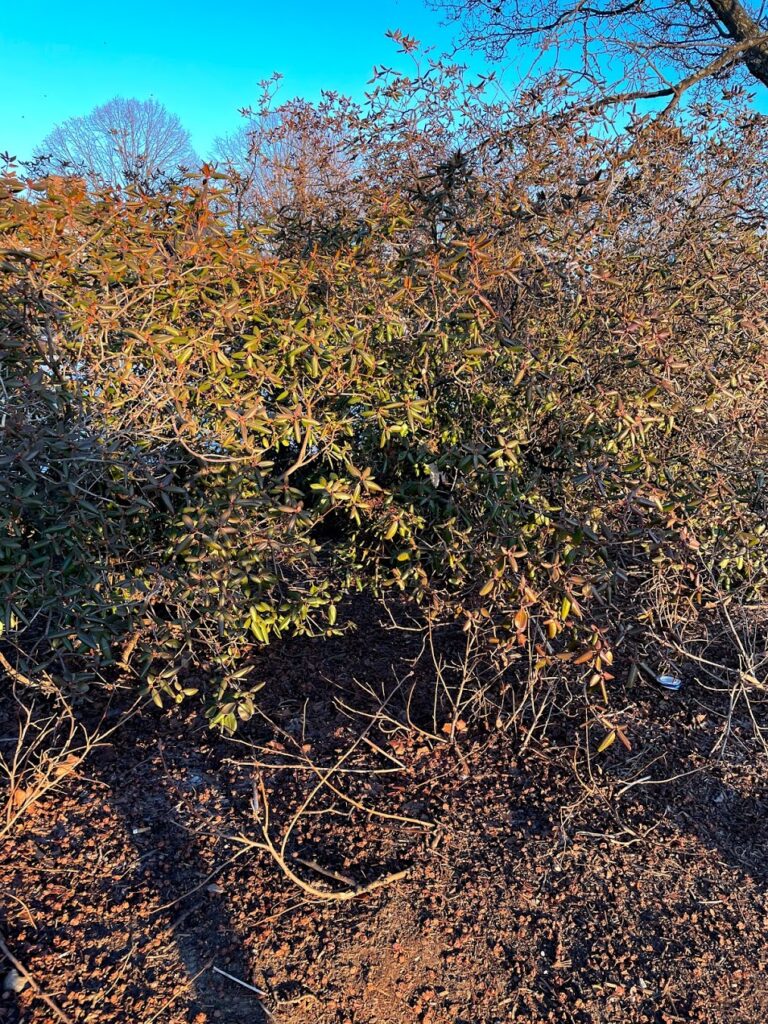
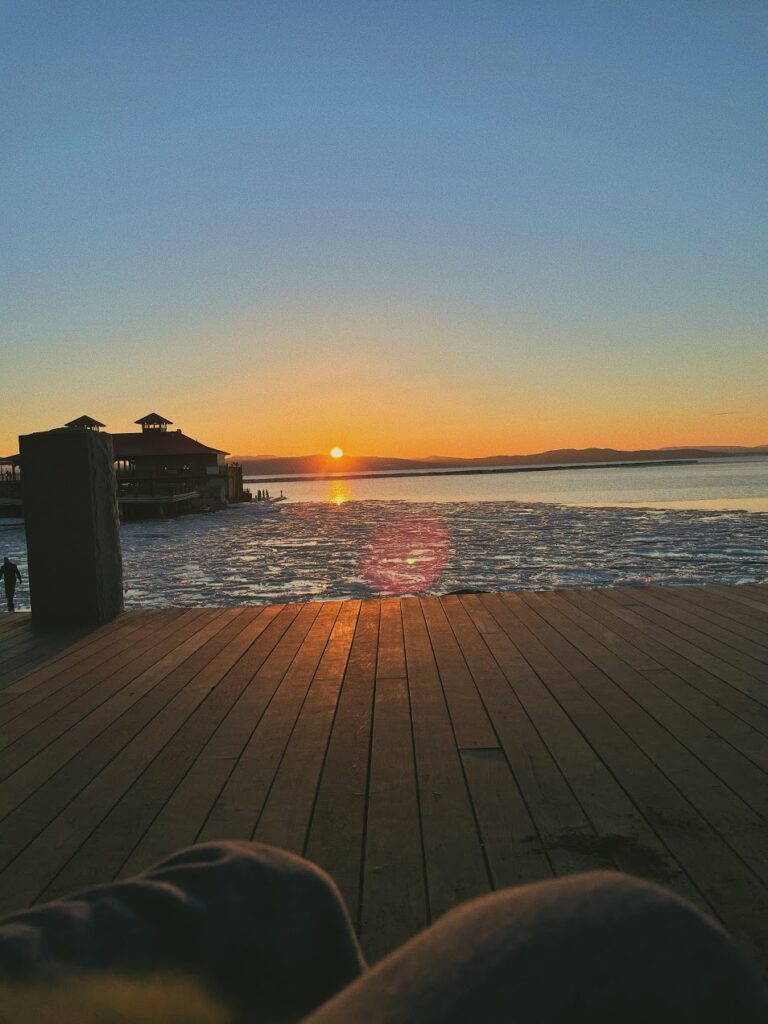
The sunset on the waterfront was very beautiful without any clouds in the sky. While I was down there I did notice a very thick layer of ice along the shore that people were walking on. It seemed as if it had been broken up by the moving water, but due to the freezing temperatures recently it froze in its place. The ice looked like it was glowing from the sunset, and the mountains were extremely clear. It seemed like a lot of people were taking advantage of the sunny day since there was a lot of activity towards the water and along the street. The change in weather recently has encouraged me to go outside more and take in the stunning views of the Adirondacks.
